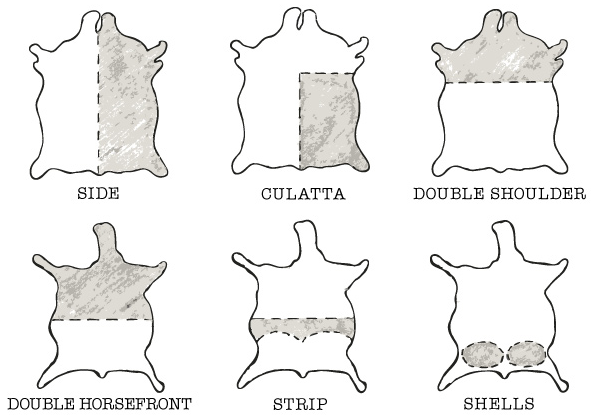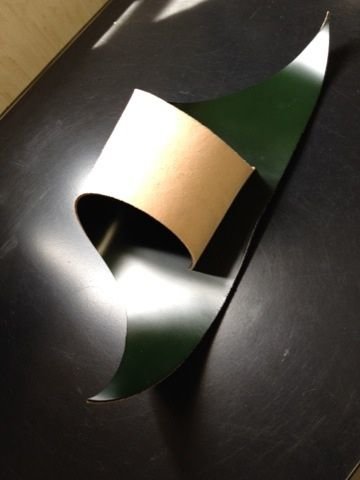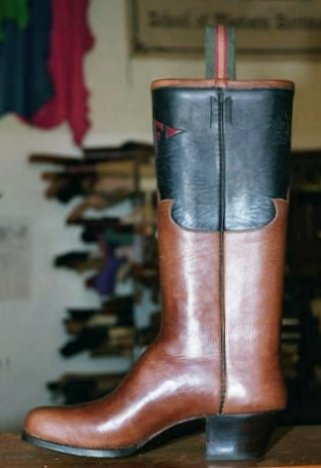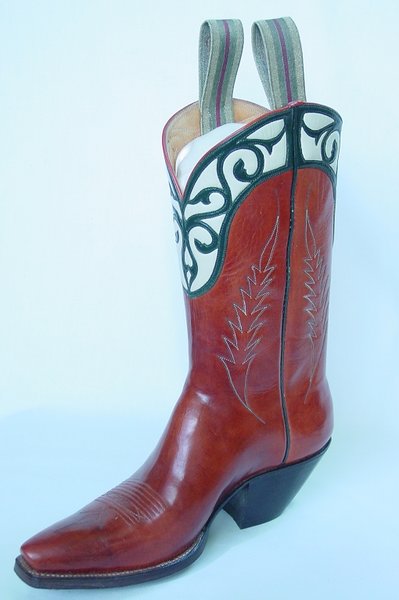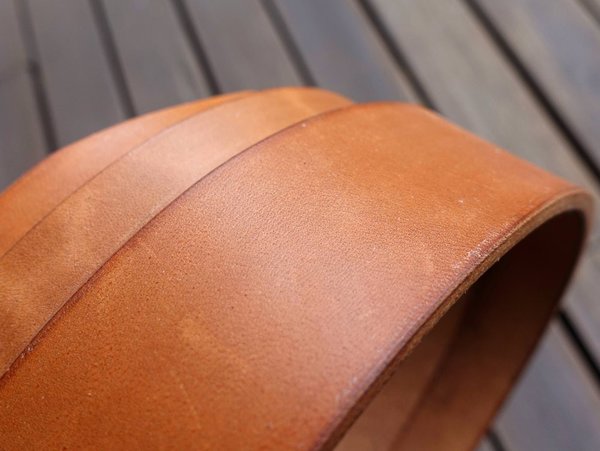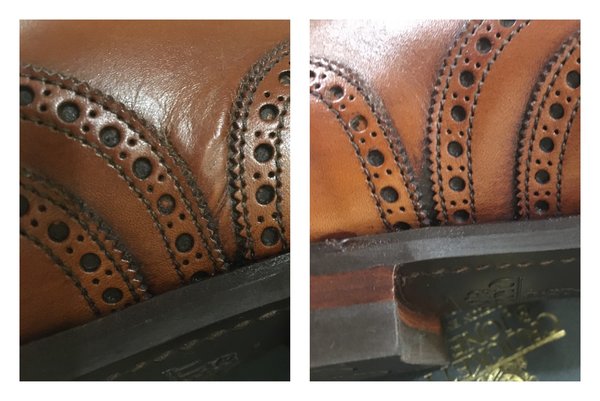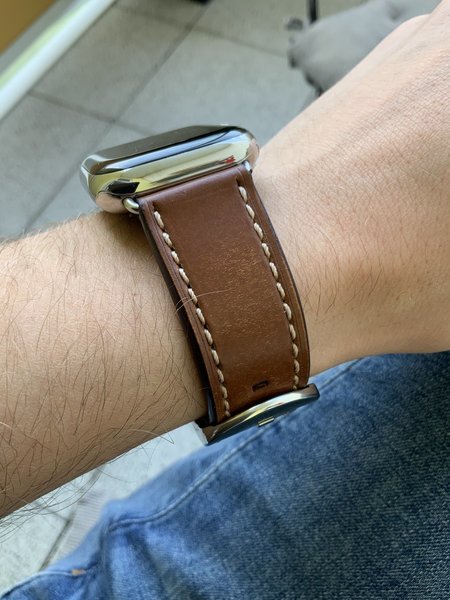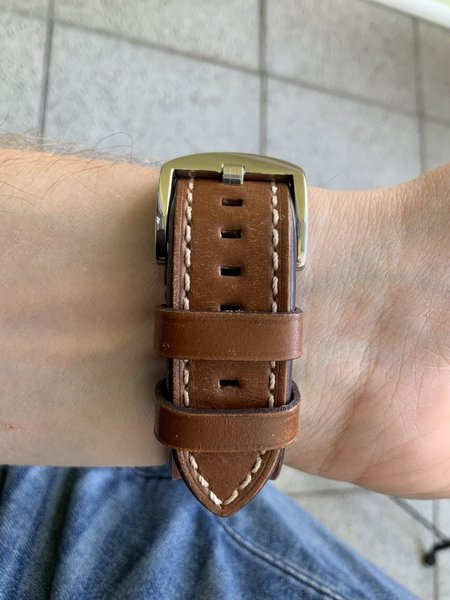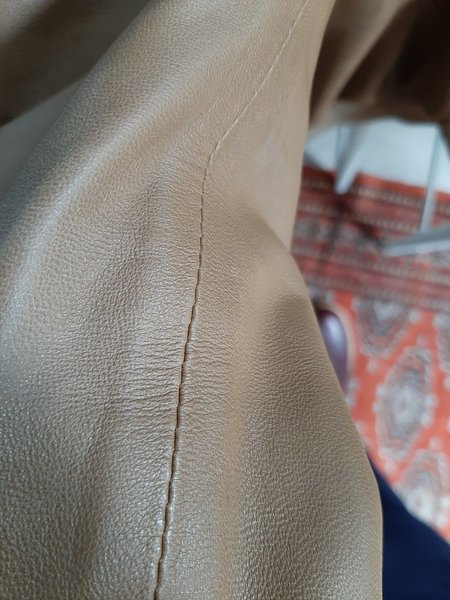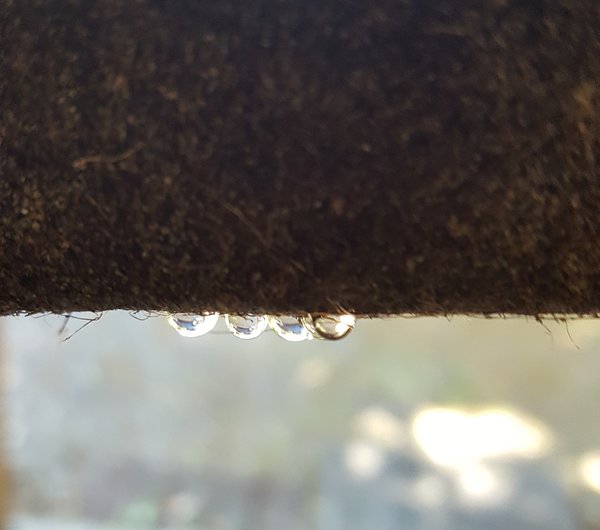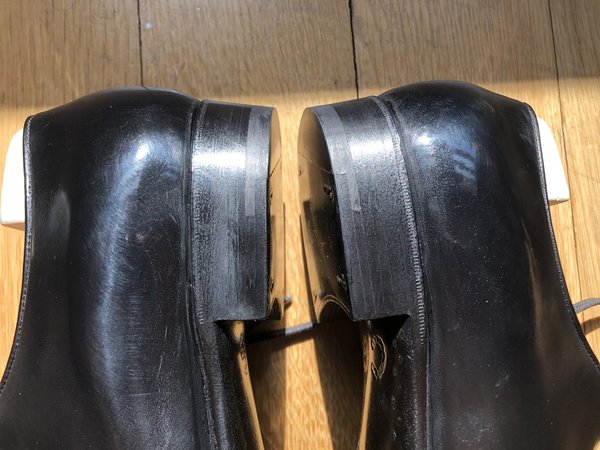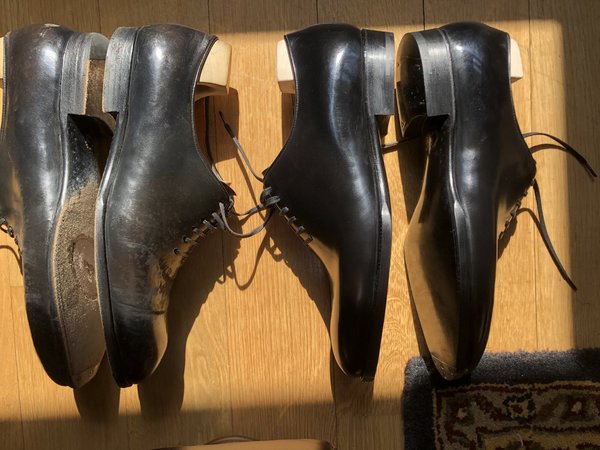- Joined
- Jan 8, 2008
- Messages
- 10,132
- Reaction score
- 5,714
That's a possibility. I vaguely remember seeing a machine like that in a big warehouse of shoe machinery in LA...I was buying a sewing machine.
But you're right--a cutting or even scraping action is quite different from a grinding action.
Interesting. I thought I saw a photo that had blades that twisted along a cylinder. Of course those are blades and not a "grit", so my use of the word "grinding" might not be accurate.
That's a possibility. I vaguely remember seeing a machine like that in a big warehouse of shoe machinery in LA...I was buying a sewing machine.
But you're right--a cutting or even scraping action is quite different from a grinding action.



